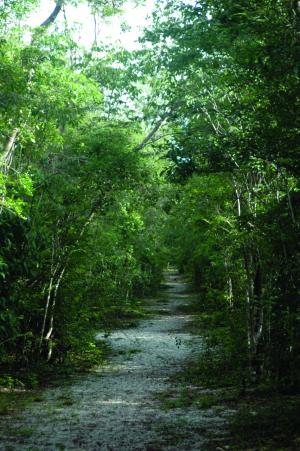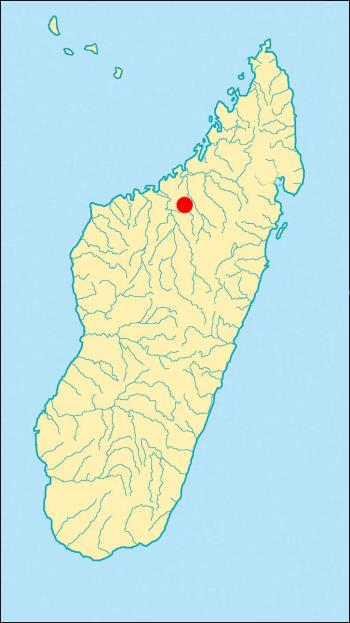You are here
Ankarafantsika National Park ***

Ankarafantsika National Park is located in northwestern Madagascar, about 115 km, or two-hours’ drive, from the port city of Mahajanga (= Majunga) along RN4 to Antananarivo. Excursions to Ankarafantsika are easily arranged through hotels in Mahajanga or through Antananarivo-based tour operators. The Ampijoroa campsite has been upgraded recently and now contains the locally managed Gîte d’ Ampijoroa with comfortable rooms and a restaurant. In addition, more upscale chalets have recently opened at Lac Ravelobe right across the road. A local group (Association Pygargue) offers simple meals to visitors in an open-air restaurant. The three diurnal lemurs that are readily seen at Ankarafantsika are the brown lemur (Eulemur fulvus), the mongoose lemur (Eulemur mongoz), and Coquerel’s sifaka (Propithecus coquereli). Five nocturnal lemurs are also regularly observed during night walks, including the golden-brown mouse lemur (Microcebus ravelobensis), the gray mouse lemur (Microcebus murinus), and the fat-tailed dwarf lemur (Cheirogaleus medius). Both Milne-Edwards’ sportive lemur (Lepilemur edwardsi) and western woolly lemur (Avahi occidentalis) can be seen both at night and in their daytime sleeping sites just a few meters above the ground. Ankarafantsika, and especially the Ampijoroa area, is one of the best sites for first-time visitors to Madagascar. Accommodations are good and lemur-watching is easy. With a little bit of luck one can see all eight lemur species in an afternoon, an evening, and a morning. The mongoose lemur can sometimes be elusive, but only because it is very quiet, and it is important to have a knowledgeable guide to distinguish the two mouse lemur species which can easily be confused by beginning lemur-watchers. What is more, this is really the only site where one is likely to see Microcebus ravelobensis. The Ampijoroa area within Ankarafantsika is also the site of the world’s most important captive breeding project for endangered Madagascar turtles and tortoises, including the ploughshare tortoise or angonoka (Asterochelys yniphora), the flat-tailed tortoise or kapidolo (Pyxis planicauda), and the Madagascar big-headed sideneck turtle or rere (Erymnochelys madagascariensis). The ploughshare tortoise is one of the most critically endangered tortoises in the world, and this is presently the only breeding site for it outside its natural range.
